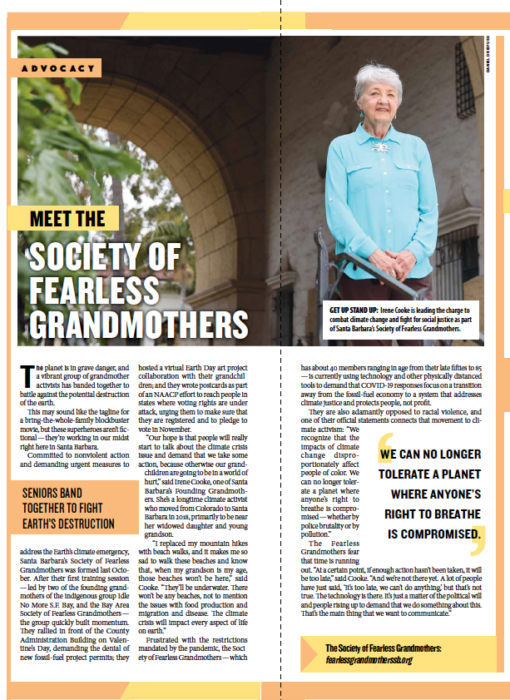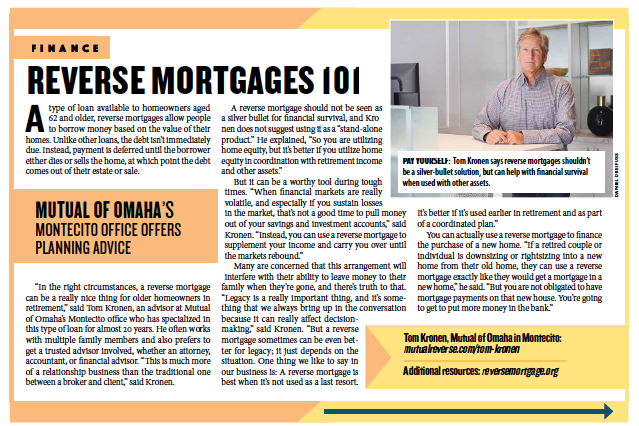
Time to Move to Senior Living Facility, Santa Barbara Independent, Active Aging Special Section, July 30, 2020.
Westmont Living Experts Answer This Question and More
Today’s seniors and their loved ones have an abundance of choices when it’s time to move into a retirement community. But there remain many factors to consider when deciding the timing of that transition and determining which location is best for you. Experts from Westmont Living, which owns Mariposa at Ellwood Shores in Goleta, share their insights.
How do you know when it’s time to choose senior living?
“Ideally, families should start looking for an appropriate senior living community when when there isn’t a sense of urgency,” said Nick Begane, community relations director at Mariposa at Ellwood Shores, a senior community offering independent and assisted living as well as memory-care options.
Waiting lists can be very long for desirable senior living situations. Can you get on a waiting list even if you’re not quite ready to move?
“A family should start their research at least one year ahead of your desired move,” said Jack McCarty, vice president of sales and marketing for Westmont Living, which also runs The Oaks in Nipomo and will open The Oaks in Paso Robles in 2021. “When you find a place that meets a majority of your criteria, consider placing a deposit with the community so that you can secure a place when you are ready or when they have an opening.”
How can you tell if a place is right for you?
“Some communities allow short-term or respite stays,” said McCarty. “This allows for your parent(s) to spend time getting to know the community, those that work there, and to enjoy the amenities firsthand. Interestingly, some people stay rather than move out again. When that happens, it’s a win-win for the seniors and their families.”
What questions should you ask about a community?
• Is the building secure and do they follow the recommended CDC guidelines?
• How competent is their health support? Are they licensed to provide health services? Are nurses on-site every day? What are their COVID-19 procedures?
• Does the building look like a place that you would like to live?
• Do they have a fitness center or exercise options for optimum health and wellness?
• Is therapy after hospitalization available?
• Does the dining program provide the right menus?
“Once you have determined that a particular community is a good fit for your family member, then meet with a community relations person to review the payment structure and termination and refund policies,” said Begane.
How can you best learn about the culture and vibe?
“Ask to see the community schedule and look at the quality of the activities available and the frequency of social activities,” said McCarty. “Find out if the community can support the mind, body, and spiritual needs of your parent(s).
Stop by and have lunch and spend time observing your new home.”
COMMON SIGNS THAT EXTRA SUPPORT IS NEEDED INCLUDE
short-term memory loss
forgetting to pay bills
not managing personal affairs
disorientation of time and place
loss of normal judgement, such as making an illogical approach to a problem
not cooking or eating regularly
loss of weight
poor home maintenance (dirty dishes, unwashed laundry, and clutter)
poor personal hygiene (not bathing regularly, repeatedly wearing the same clothes without washing)
not taking medication or following medicine instructions
losing touch with friends, not socializing or participating in favorite activities
showing signs of depression, like sleeping or crying
Westmont Living: westmontliving.com
Originally published in the Santa Barbara Independent on July 30, 2020. To view the Active Aging Guide to Senior Life, Seen Through a Pandemic Lens, click here.











